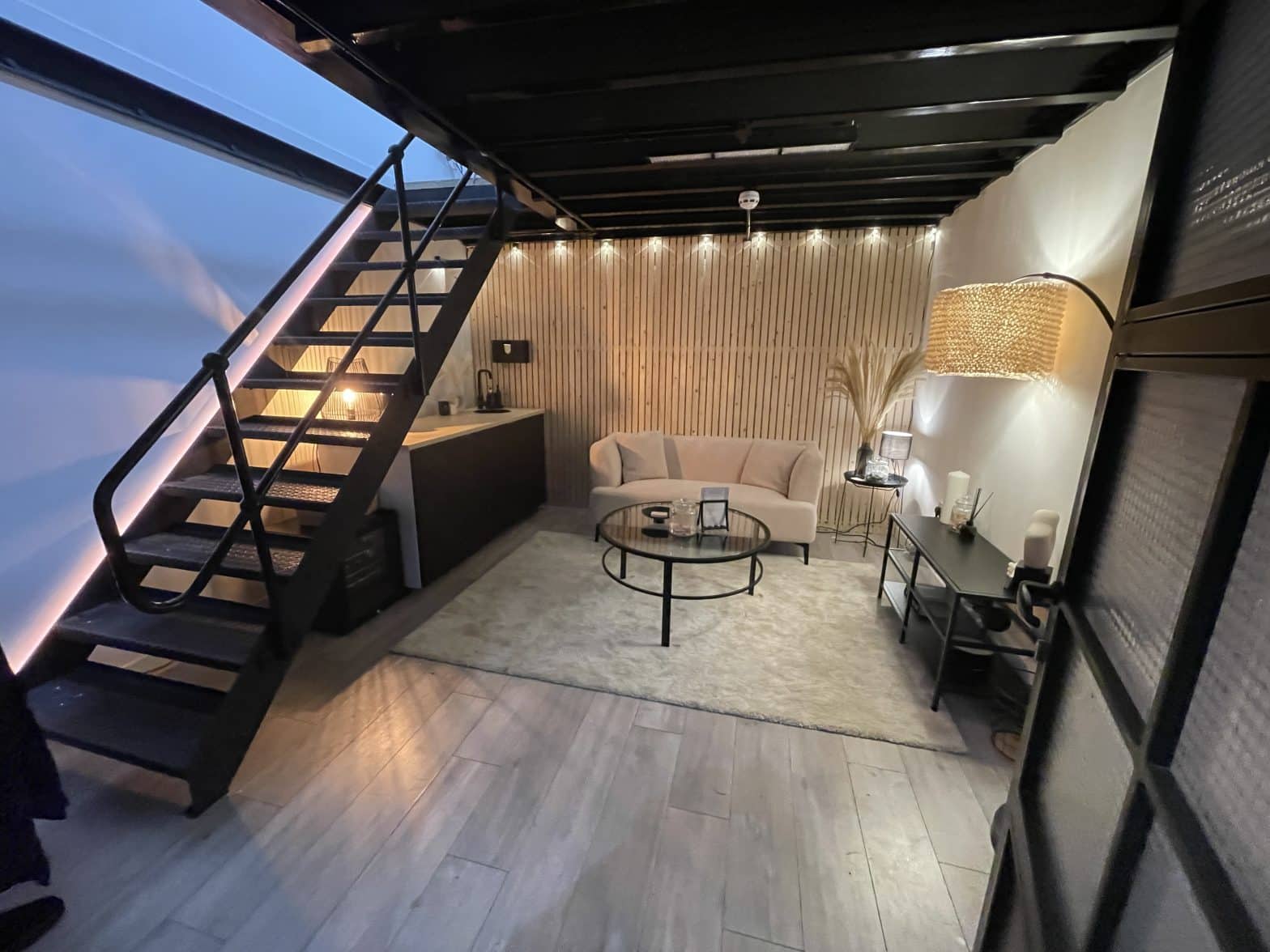This website uses cookies so that we can provide you with the best user experience possible. Cookie information is stored in your browser and performs functions such as recognising you when you return to our website and helping our team to understand which sections of the website you find most interesting and useful.
The Psychology of Workspaces: How Environment Impacts Productivity and Creativity
In the modern era, where the line between work and personal life continues to blur, the significance of the environment in which one works has become increasingly evident. The concept of a workspace is no longer confined to a traditional office setting, but rather encompasses a broad spectrum of environments, including workshops, small warehouses, co-warehousing, and even outdoor locations. The psychology of workspaces dives into the intricate relationship between the physical environment and the psychological well-being of individuals, exploring how different elements of a workspace can significantly influence productivity and creativity.
The Impact of Design and Layout
The design and layout of a workspace play a pivotal role in shaping the overall experience and productivity of an individual. Research has shown that well-designed workspaces, characterized by ample natural light, ergonomic furniture, and a layout that encourages movement and collaboration, can foster a positive mood and boost overall productivity. On the other hand, cramped and poorly lit spaces with clutter and inadequate ventilation can contribute to increased stress levels and hinder creative thinking.
The Role of Colors and Lighting
Colors and lighting are key components of a workspace that can significantly impact an individual’s cognitive functioning and emotional state. Studies have demonstrated that certain colors, such as blue and green, can promote a sense of calmness and enhance focus, while vibrant colors like yellow and red can evoke energy and stimulate creativity. Similarly, the presence of natural light has been linked to improved mood, cognitive performance, and overall well-being, highlighting the importance of incorporating ample natural light sources in work environments.
Creating a Sense of Ownership and Personalization
Personalizing a workspace can have a profound impact on an individual’s sense of ownership and engagement. Allowing employees to customize their workstations with personal items or decor that reflect their personality and interests can foster a sense of belonging and autonomy, thereby enhancing job satisfaction and overall well-being.
In conclusion, the psychology of workspaces underscores the profound influence of the physical environment on an individual’s cognitive, emotional, and behavioral responses. By prioritizing elements such as thoughtful design, personalized touches, and adaptable structures, organizations can create workspaces that not only enhance productivity and creativity but also contribute to the overall well-being and satisfaction of their employees. Understanding the intricate interplay between the human psyche and the physical environment is essential in cultivating workspaces that promote a healthy and thriving work culture.

